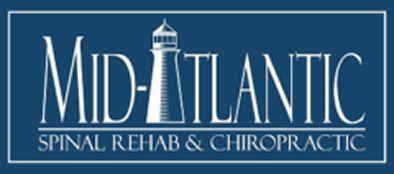Traveling for the Holidays? Tips for Sleeping on an Airplane
As my avid blog readers are already aware, I am a Baltimore Chiropractor with two clinics in Baltimore. We will soon be announcing the location and grand opening of our third location – more details to come in a few short weeks! Its only 18 days until I’m set to get married and as as result I’ve been busier than ever trying to keep the clinics growing and preparing for my wedding and honeymoon. If you’re anything like me you probably don’t sleep well on airplanes. From the tight cramped quarters, to the uncomfortable seats and the turbulence it can be difficult to get some good quality shut eye on a plane. I was doing some research for myself as I prepared for my honeymoon and I figured I’d pass along some good tips that I came across in my research.
- The first tip is an obvious one. If you can afford first class/business class accommodations by all means do so. The seats are wider, they recline more (in some cases completely flat), and you can stretch out more comfortably with typically only two people per row. If those aren’t in your price range, try and get on the plane first to get emergency exit row seating. They typically offer a few extra inches of leg room.
- Leave plenty of foot room under the seat in front of you. Don’t cram the space with bags. Stretch your legs as much as you can and as often as you can to help promote proper blood flow during long flights.
- Walk around – Once the captain has removed the seat belt sign don’t be shy about walking about the cabin. The walking helps to promote blood flow and prevent clots. For any flight over 3 hours you should get up and use the restroom at least once to make sure you don’t put yourself in harms way.
- Use pillows to prevent muscle fatigue. Whether it be a neck pillow (that look like soft horseshoes), or lumbar support, try to make yourself as comfortable as possible.
- The best choice for sleeping is the window seat. Unlike the middle and aisle seats you won’t have to get up during the flight to move if someone else has to use the restroom, which will allow you to sleep more peacefully. Also, there will be a wall you can lean against if you crumple your jacket or bring a pillow.
- If you have to choose between leaning forward and sleeping on the seat-back tray or reclining backwards you should always recline backwards.This decreases pressure on your neck and back when you sleep so you can awake refreshed.
- Be prepared to sleep – You can easily purchase a sleeping mask and/or earphones to help drown out airline noise. While they look silly they can distract you enough to help you get some rest.
- Don’t drink too much alcohol or take any sedatives. While these substances may work short term they rob you of restorative sleep which can make you groggy. You should do your best to get sleep as close to your natural sleeping habit as possible.
While this is in no way an exhaustive list of the do’s and don’ts of how to get better sleep on an airplane there are a lot of good tips here. Typically this time of year between Thanksgiving, Christmas, and New Year we see lots of patients who don’t take this advice and they arrive in Baltimore with neck and back pain. Don’t become one of them! Review these tips prior to your departure to help ensure a more comfortable flight and a pain-free trip.
If you, or someone you know has neck or back pain, please contact Mid-Atlantic Spinal Rehab & Chiropractic. We would be happy to help!
Dr. Gulitz
